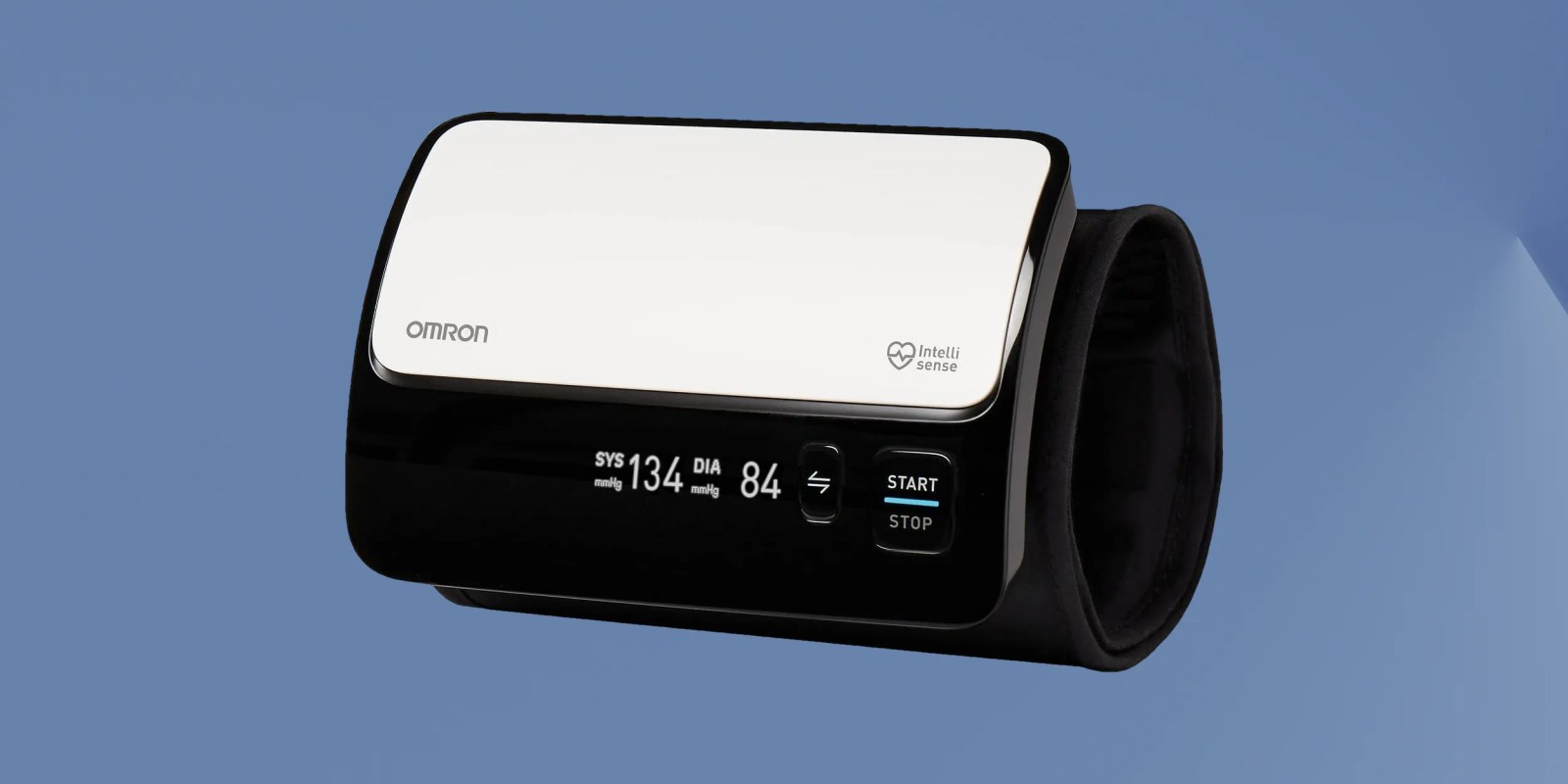In the second quarter of 2025, Apple achieved a significant milestone by shipping 6.2 million Mac units, marking a 21.4% increase compared to the same period in 2024. This growth represents the highest year-over-year increase among the top five global PC vendors. Despite this impressive surge, Apple maintains its position as the fourth-largest PC vendor globally, holding a 9.1% market share. The leading positions are occupied by Lenovo, HP, and Dell, which continue to dominate the market.
The overall PC market experienced a 6.5% year-over-year growth, with total shipments reaching 68.4 million units worldwide. This expansion is attributed to a combination of factors, including the ongoing demand for AI-capable devices and a commercial refresh cycle. However, the U.S. market remained stagnant during this period. Analysts from IDC suggest that the flat growth in the U.S. is due to earlier front-loaded demand, as companies accelerated shipments ahead of anticipated import tariffs.
Global Market Overview
Lenovo led the global PC shipments in Q2 2025, delivering 17 million units. HP followed with 14.1 million units, and Dell shipped 9.8 million units. ASUS secured the fifth position, also demonstrating strong growth with a 16.7% increase in shipments. These figures highlight the competitive nature of the PC market, where established players continue to vie for dominance.
U.S. Market Dynamics
In the United States, the PC market faced unique challenges. The absence of growth in Q2 is largely attributed to inventory buildup from previous quarters. Companies had increased shipments earlier in the year to mitigate potential cost increases associated with impending tariffs. This proactive approach led to a backlog, slowing down new shipments. Additionally, consumers exhibited hesitancy, anticipating possible price hikes due to tariffs, which contributed to the cautious market outlook for the latter half of the year.
Jean Philippe Bouchard, research vice president at IDC, commented on the situation: We expected the US market to cool down this quarter given the inventory buildup to begin the year, but what we’re witnessing here might highlight US PC demand slowing down in anticipation of the import tariffs looming deadline.
Potential Promotions Amid Price Pressures
Despite the looming tariffs and potential price increases, IDC anticipates that vendors may introduce promotions in the third quarter to stimulate demand and manage inventory levels. Ryan Reith, group vice president at IDC, stated: No one wants to sit on their heels and potentially miss an opportunity, but at the same time it is very risky carrying inventory. Price increases will likely be dispersed over time and geography depending on vendor strategy, which can potentially lead to some attractive promotions as a way to clear inventory backups.
Global Demand and Future Outlook
Outside the U.S., global demand for PCs remains robust. Many regions are undergoing a refresh cycle, with aging PCs being replaced and Windows 11 upgrades continuing to drive purchases. This trend suggests a positive outlook for the global PC market, even as certain regions face specific challenges.
Apple’s Strategic Positioning
Apple’s significant growth in Mac shipments can be attributed to several strategic initiatives. The company’s focus on integrating advanced technologies, such as AI capabilities, into its devices has resonated with consumers seeking high-performance computing solutions. Additionally, Apple’s emphasis on design, user experience, and ecosystem integration continues to attract a loyal customer base.
Competitive Landscape
While Apple has made notable gains, the competitive landscape remains intense. Lenovo, HP, and Dell have established strong footholds in the market, each leveraging their unique strengths. Lenovo, for instance, reported a 20% increase in third-quarter revenue, reaching $18.8 billion, surpassing analysts’ expectations. The company’s diversification into software, services, and AI has driven growth, with AI-capable computers becoming a key industry driver.
HP has also been proactive in the AI space, forecasting that 40-60% of all PCs will be AI-enabled in the next three years. The company has launched several AI PCs this year and plans to continue expanding its AI PC portfolio. Dell Technologies, focusing on the commercial and high-end consumer market, positions itself as a strong contender in the enterprise segment, where Apple is gaining traction.
Impact of Tariffs and Geopolitical Factors
The global PC market is not immune to geopolitical influences. The implementation of tariffs, particularly by the U.S. government, has introduced uncertainties. In the first quarter of 2025, global PC shipments rose by 9.4%, driven by manufacturers accelerating shipments to the U.S. ahead of newly implemented tariffs. Companies such as Dell, Apple, Intel, AMD, and Qualcomm have been leveraging an expected market upturn spurred by AI feature integration and a Windows refresh cycle.
However, Canalys cautioned that the rest of 2025 may experience a slowdown as inventory stabilizes and consumers face higher PC prices amid broader cost increases in other spending categories. Most major vendors are anticipated to shift production away from China by year-end to avoid tariff impacts.
Technological Advancements and Consumer Preferences
The integration of artificial intelligence into PCs has emerged as a significant growth driver. Manufacturers are racing to launch models equipped with specialized chips for AI applications. Lenovo, for example, launched its first AI-powered PCs in China, followed by a global rollout. CEO Yang Yuanqing projected that AI PCs will account for a quarter of Lenovo’s shipments by 2025, potentially reaching 80% by 2027.
Apple’s introduction of the M3 Ultra chip, offering the most powerful CPU and GPU in a MacBook, underscores the company’s commitment to technological innovation. The powerful 32-core neural engine fuels AI and machine learning capabilities, positioning Apple as a leader in the AI-capable computer market.
Conclusion
Apple’s 21.4% increase in Mac shipments during Q2 2025 highlights the company’s successful strategies in a competitive and evolving PC market. While challenges such as tariffs and inventory management persist, Apple’s focus on innovation and user experience continues to drive growth. The broader market’s response to geopolitical factors and technological advancements will shape the industry’s trajectory in the coming months.


